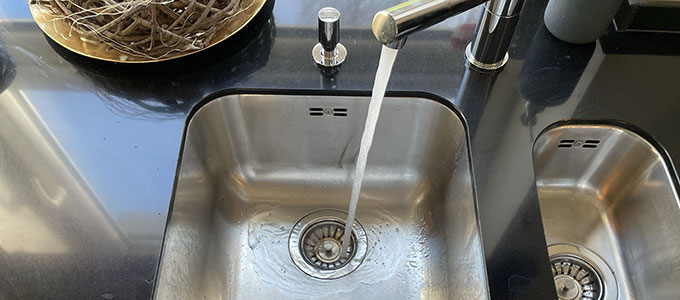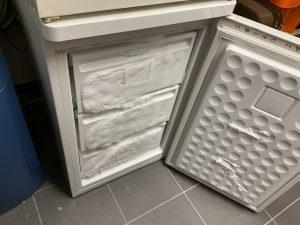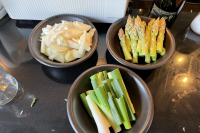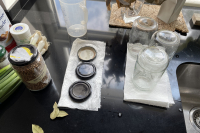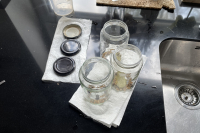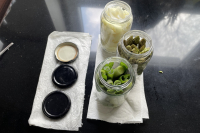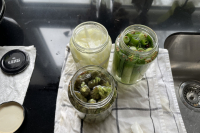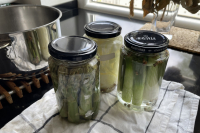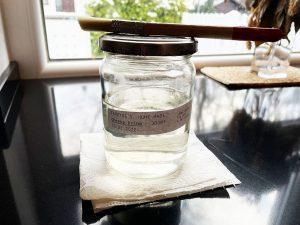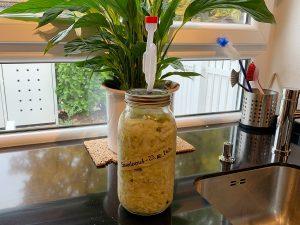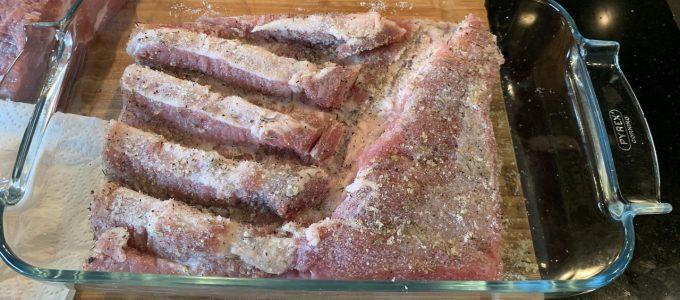
Just another DIY Blog . . .

Just another DIY Blog . . .

Just another DIY Blog . . .

Just another DIY Blog . . .

Just another DIY Blog . . .

Just another DIY Blog . . .

Just another DIY Blog . . .

Just another DIY Blog . . .

Just another DIY Blog . . .

Just another DIY Blog . . .

Just another DIY Blog . . .

Just another DIY Blog . . .

Just another DIY Blog . . .

Just another DIY Blog . . .

Just another DIY Blog . . .

Just another DIY Blog . . .

Just another DIY Blog . . .

Just another DIY Blog . . .

Just another DIY Blog . . .

Just another DIY Blog . . .

Just another DIY Blog . . .

Just another DIY Blog . . .

Just another DIY Blog . . .

Just another DIY Blog . . .

Just another DIY Blog . . .

Just another DIY Blog . . .

Just another DIY Blog . . .

Just another DIY Blog . . .

Just another DIY Blog . . .

Just another DIY Blog . . .

Just another DIY Blog . . .

Just another DIY Blog . . .

Just another DIY Blog . . .

Just another DIY Blog . . .

Just another DIY Blog . . .

Just another DIY Blog . . .

Just another DIY Blog . . .

Just another DIY Blog . . .

Just another DIY Blog . . .

Just another DIY Blog . . .

Just another DIY Blog . . .

Just another DIY Blog . . .

Just another DIY Blog . . .

Just another DIY Blog . . .

Just another DIY Blog . . .

Just another DIY Blog . . .

Just another DIY Blog . . .

Just another DIY Blog . . .

Just another DIY Blog . . .

Just another DIY Blog . . .

Just another DIY Blog . . .

Just another DIY Blog . . .

Just another DIY Blog . . .

Just another DIY Blog . . .

Just another DIY Blog . . .

Just another DIY Blog . . .


Just another DIY Blog . . .

Just another DIY Blog . . .

Just another DIY Blog . . .

Just another DIY Blog . . .

Just another DIY Blog . . .

Just another DIY Blog . . .

Just another DIY Blog . . .

Just another DIY Blog . . .

Just another DIY Blog . . .

Just another DIY Blog . . .

Just another DIY Blog . . .

Just another DIY Blog . . .

Just another DIY Blog . . .

Just another DIY Blog . . .

Just another DIY Blog . . .

Just another DIY Blog . . .

Just another DIY Blog . . .

Just another DIY Blog . . .

Just another DIY Blog . . .

Just another DIY Blog . . .

Just another DIY Blog . . .

Just another DIY Blog . . .

Just another DIY Blog . . .

Just another DIY Blog . . .

Just another DIY Blog . . .


















































































